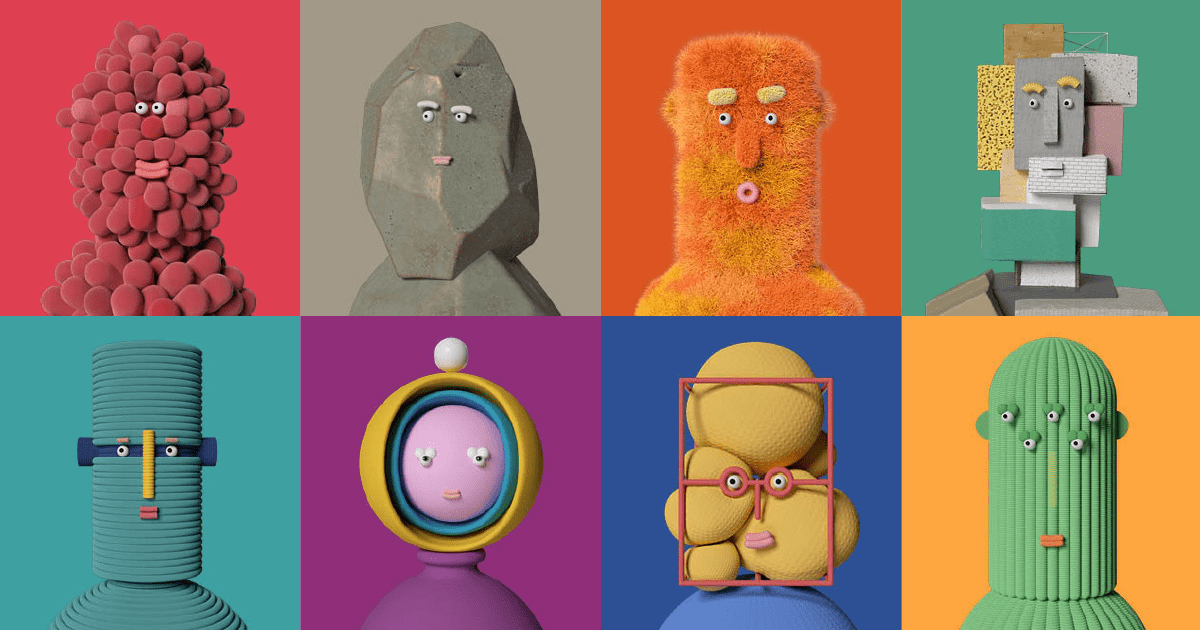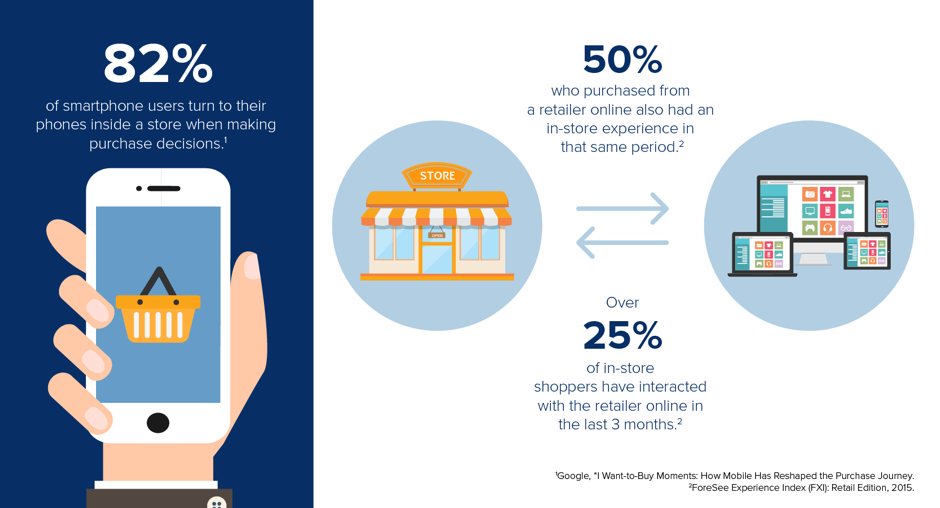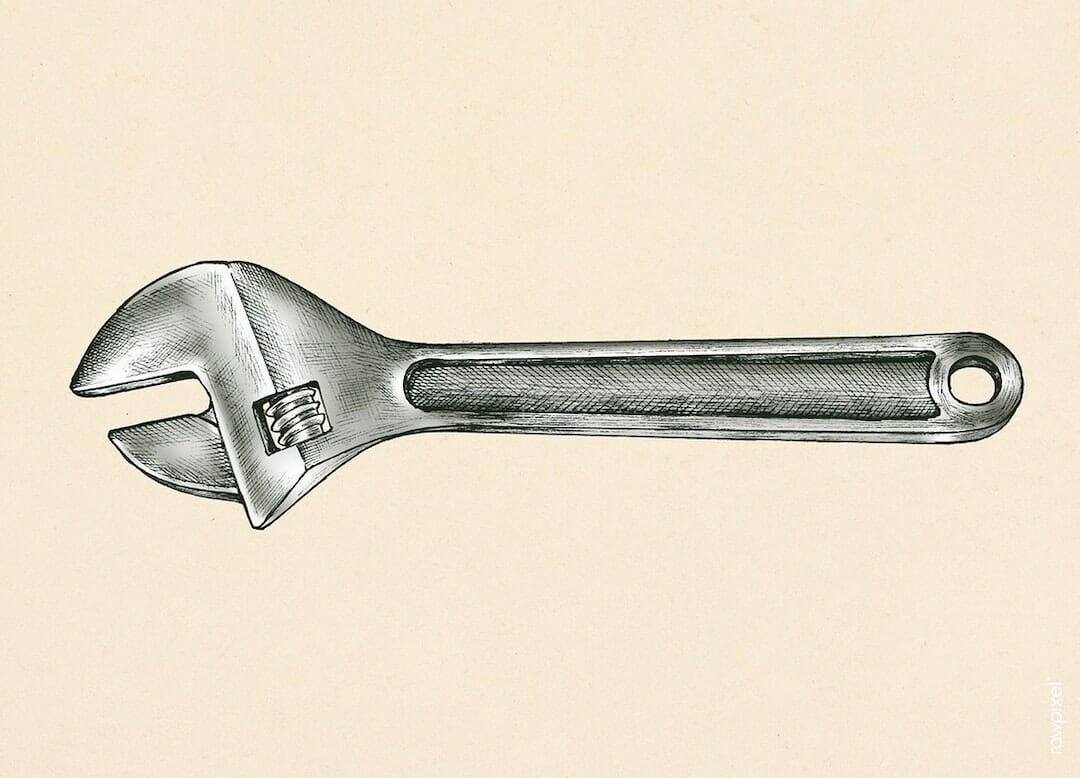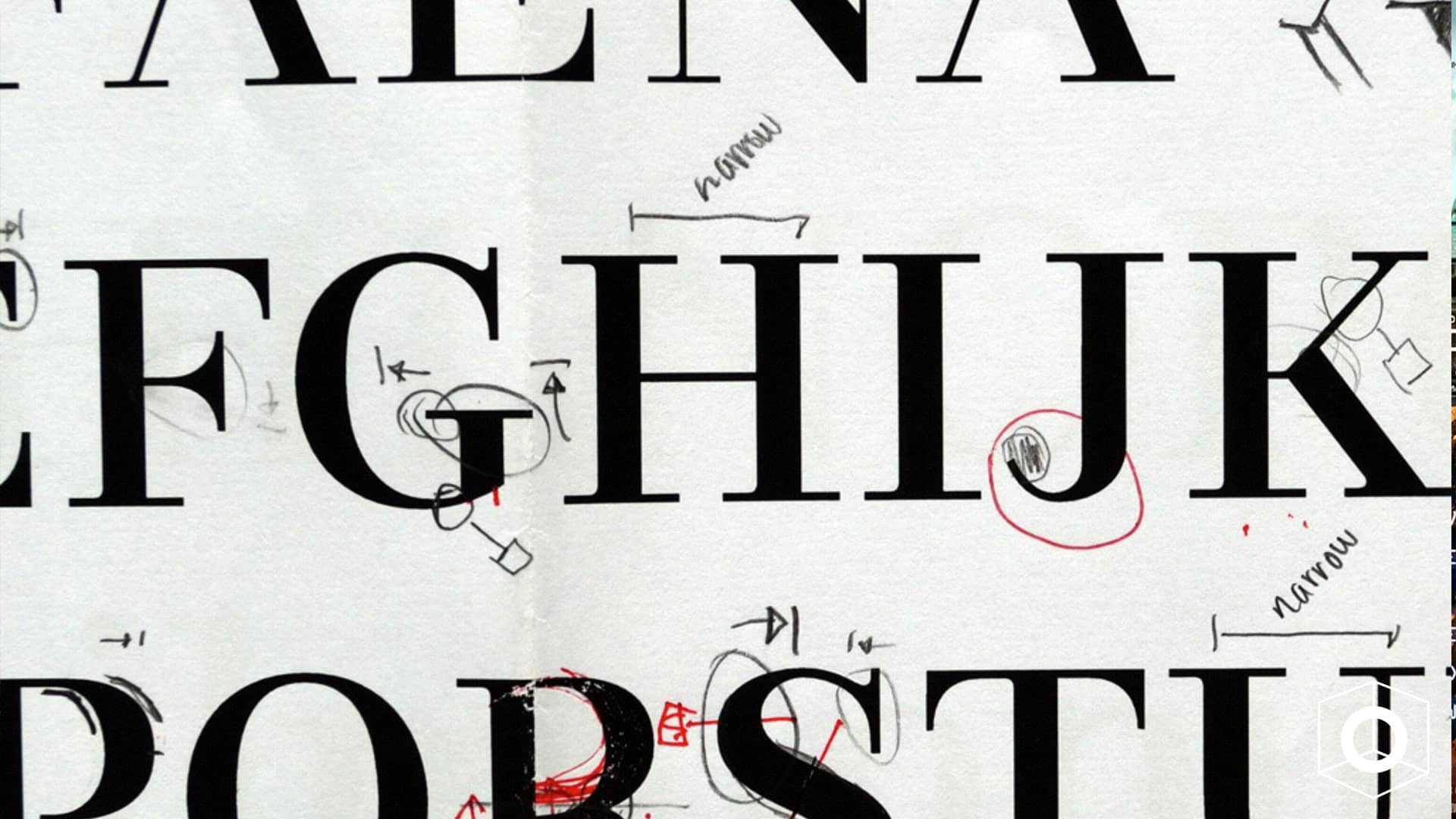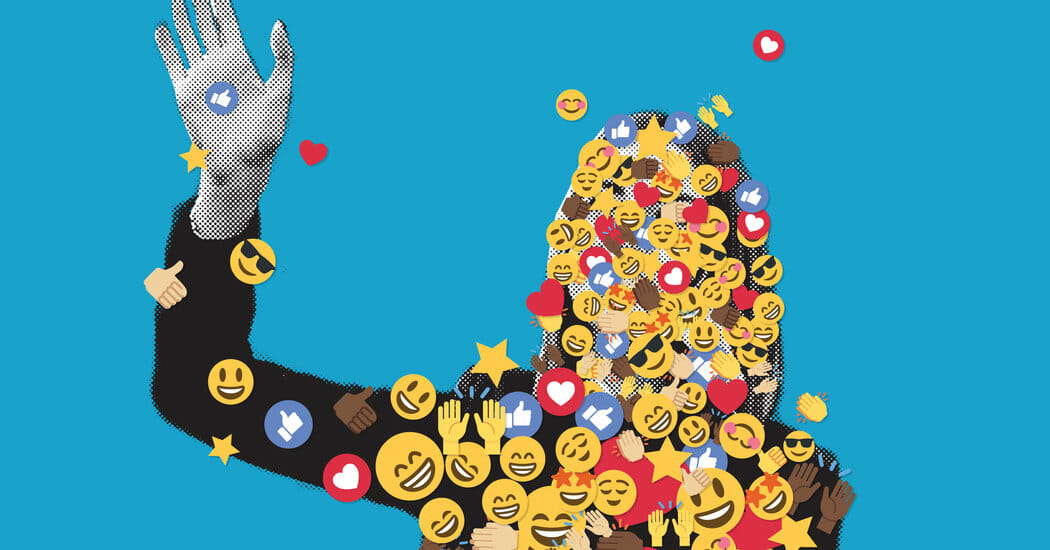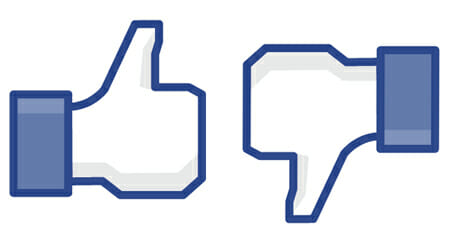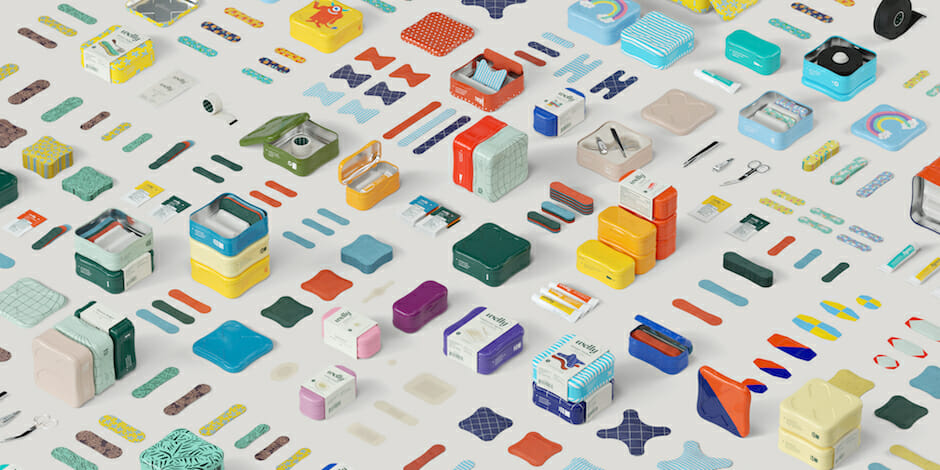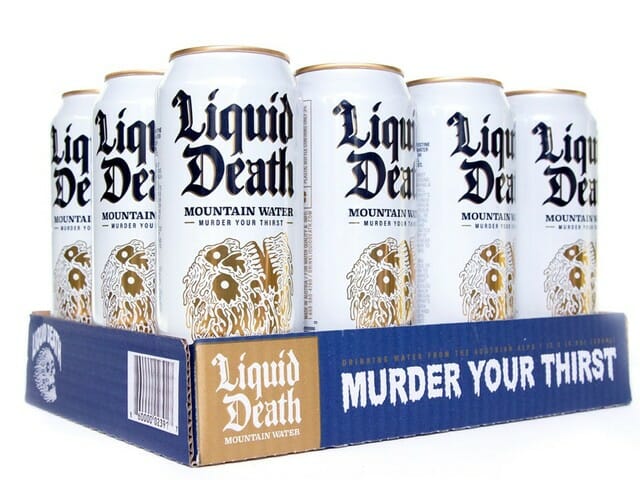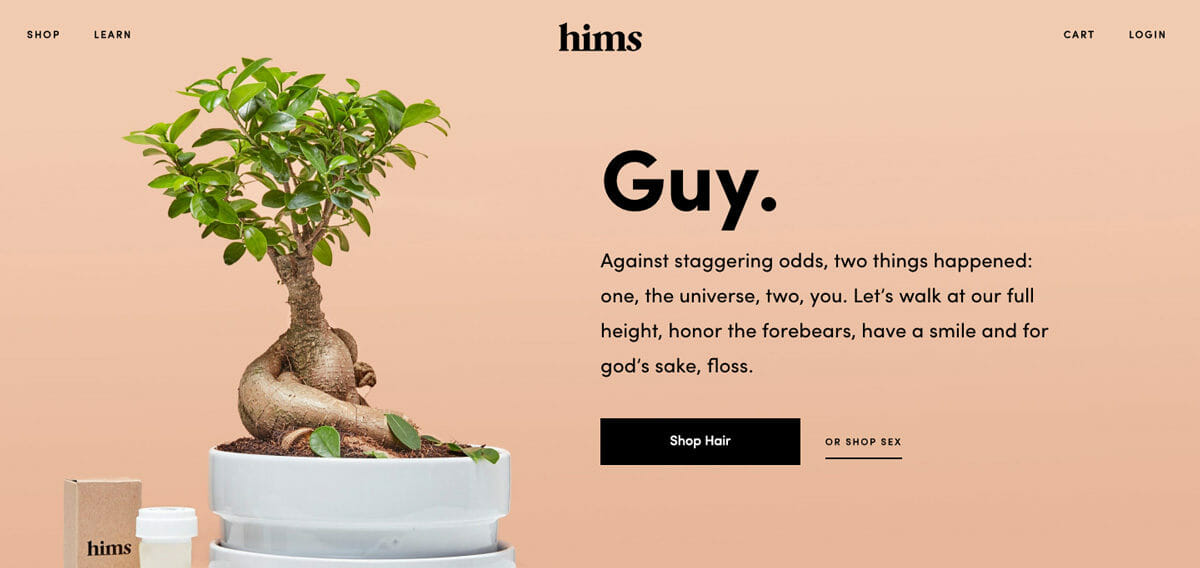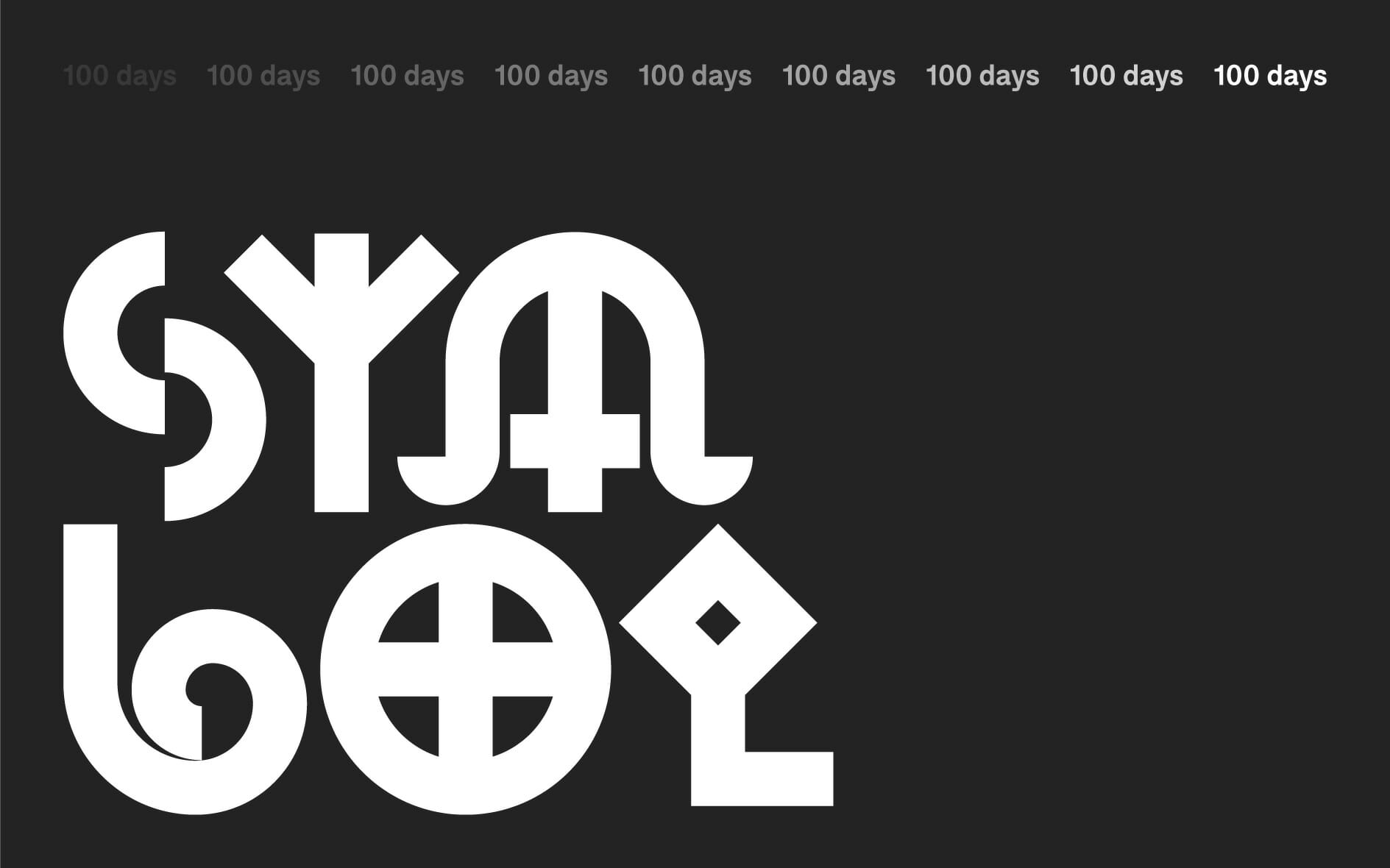How do people make business decisions? Whether you’re debating a specific word choice or overhauling an entire brand, there’s always a tension between the rational and emotional, the aesthetic and strategic. It’s easy to have a gut instinct over the things that inflame your curiosity, but what about the minuscule? As decision fatigue sets in, how do you ensure your choices are aligned, consistent, and ultimately laddering up to something greater than the sum of its parts?
This is where the concept of brand idea shines. A brand idea is an essence or embodiment of what you stand for. Think of it as a stake in the ground that is used to guide your look, feel, and voice. It gives an emotional dimension to your brand, demonstrates what it’s like to do business with you, and serves as a shorthand for how your brand shows up in the world.
A brand idea is not a tagline. It’s not necessarily something that people would ever see. It’s more of a guiding principle that people feel from your brand experience as a whole.
Examples of Brand Ideas
Let’s look at Starbucks. For years, their brand idea was to be the “third place” in your life. Popularized by sociologist Ray Oldenburg, the third place is a social setting that’s separate from home and work. According to Oldenburg, third places are “anchors” of community life “where you relax in public, where you encounter familiar faces, and make new acquaintances.”
For Starbucks, “third place” works as a call to action for people to engage on a much deeper level than just getting properly caffeinated. Because as they say, life happens over coffee. And given that they have nearly 30,000 retail shops, the idea of serving as an anchor to community life is one they can legitimately occupy.
Decision-makers at Starbucks aren’t always going to agree on the latest holiday cup design, or exactly how much adult contemporary to include on their playlists, but if they are aligned at the highest brand level, every decision will be in service of a greater purpose. That top-level consistency is felt across the board, even if there are individual variations in look and feel.
When Brand Ideas Become Taglines
Obviously, Starbucks would never make “third place” an external message. People would be like, “Your coffee won third place in a coffee contest? I’ll pass, thanks.” But sometimes, brand ideas are so compelling and succinct that they become external taglines.
As brand consultant Will Burns says, “True brand ideas are insulted when you call them taglines. And for God’s sake, don’t call them ‘slogans’ or the brand may unfriend you on Facebook. The best taglines rationalize everything a company/organization has done and inspire everything it will do.”
Most of the time, taglines are simply rational facts communicated well to an audience. They want you to know a piece of information that is very specific. When we think about Nike’s “Just do it,” Apple’s “Think different,” or Kaiser Permanente’s “Thrive,” something much bigger is happening. No one is talking about product-level specifics, they are appealing to a higher state of emotion, purpose, and meaning. These are inspirational, aspirational brand ideas.
LEGO, a brand that has celebrated creativity since 1932, is sublime. Their idea, “Inspiring the builders of tomorrow,” is felt throughout every manifestation of their brand. The company’s retail outlets are designed spaces for family “building” events and kid-friendly exploration areas. LEGOLAND encourages kids to open their imaginations at construction sites that dot the theme parks. Even LEGO movies inspire and encourage the act of making.
GEICO’s “15 minutes could save you 15% or more on car insurance” has seared itself onto the public’s subconscious, but it doesn’t really evoke an emotion or communicate anything about the types of people who use their product. We just imagine a vaguely Australian gecko and move on.
Beyond campaigns, beyond marketing jargon, a great brand idea establishes a common way of seeing. It’s a viewfinder for observing a brand’s unique place in the world, the industry, and most importantly, in people’s hearts.
So, what’s your brand idea?
Emotive Brand is a brand strategy and design agency in Oakland, California.






